Big Heart
The Black Rhino's horn has been sought after and highly prized by illegal poachers and traders, for decades. Conservationists in South Africa who are concerned with the increasing demand for a rhino's horn decided to take the initiative to remove their horns, and during the process, they were left with a remarkable discovery.
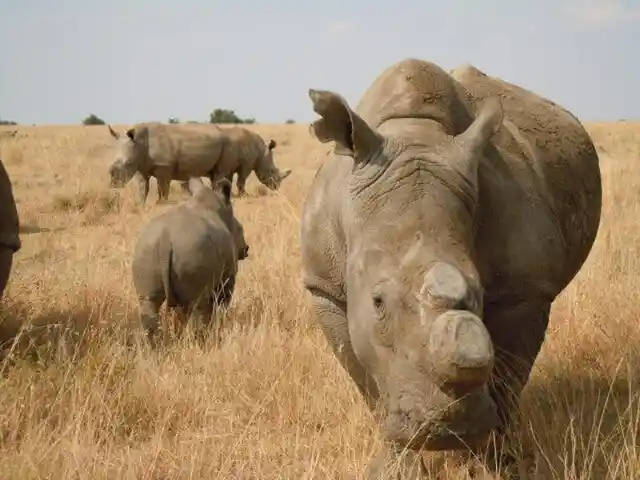
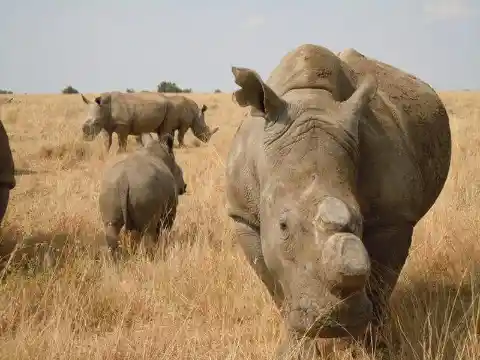

When veterinarians removed the rhino's horn, they were stunned to discover a perfect heart carved on the base of it's colossal horn! The young boy above, is shown holding the rhino's horn which had been removed in a legal de-horning process.
Rare Find
This extraordinarily rare finding shows a brilliantly dark black love heart right at the center of a beige animal horn. The rhino was part of a legal de-horning program initiated by Dr.
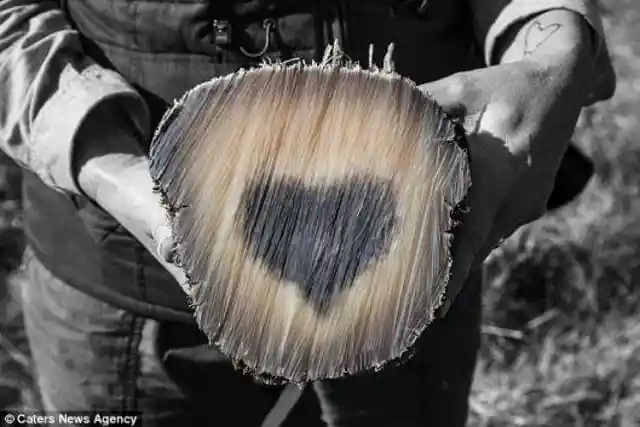
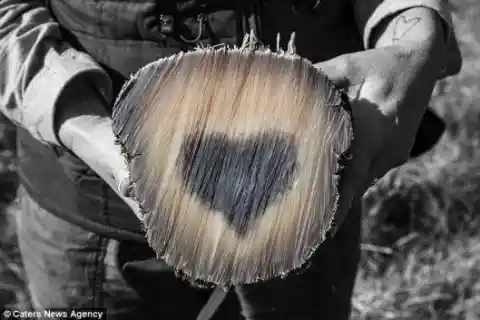
William Fowlds.
The Process
The de-horning process took place at the Kragga Kamma Game Park located in Port Elizabeth, South Africa.
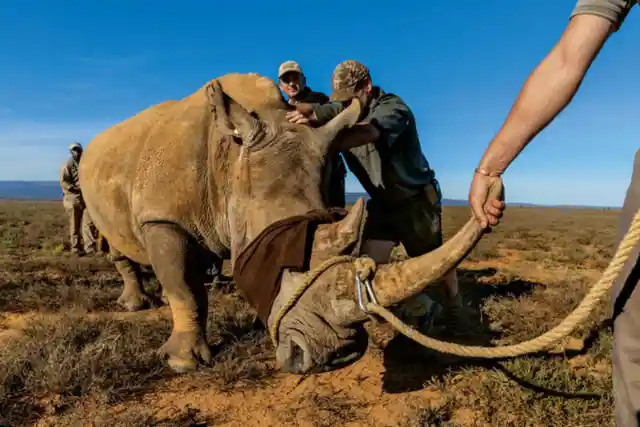
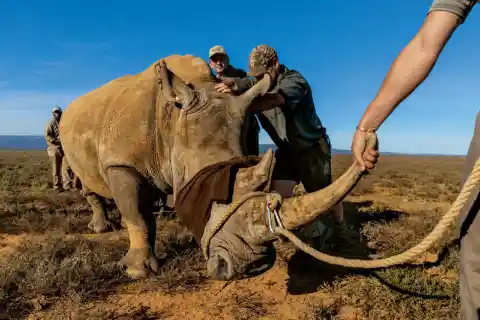
The aim of this de-horning process is to protect rhinos from poachers by removing the horn, with the hope that hunters will be deterred by the lack of financial incentive to kill them.
The Event
56-year-old photographer, Luc Hosten took multiple photos of the de-horning process and of the rhino's horn.
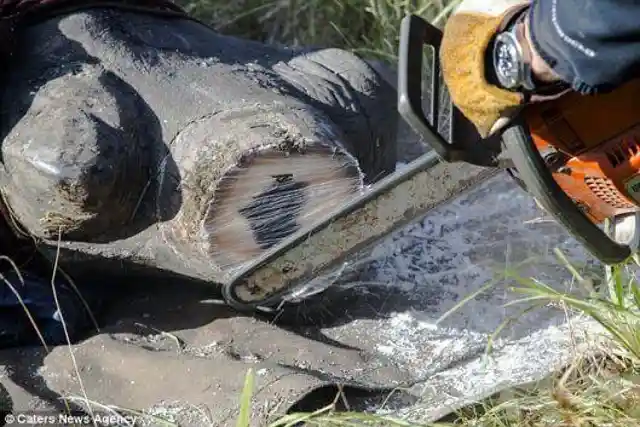
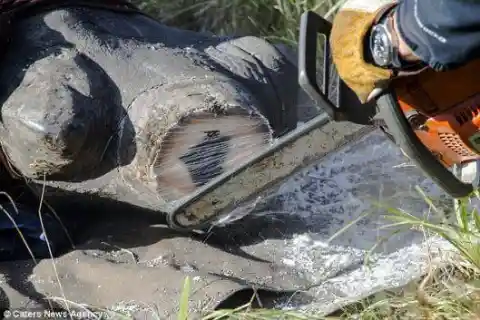
Rhino poaching is rife in South Africa, so much so that there were rumors spreading that the game park was going to be raided by poachers during the event.
Security
Tight surveillance and security measures were taken so that poachers would stay away. The process was professionally done by staff members who worked at Kragga Kamma along with a team of vets.
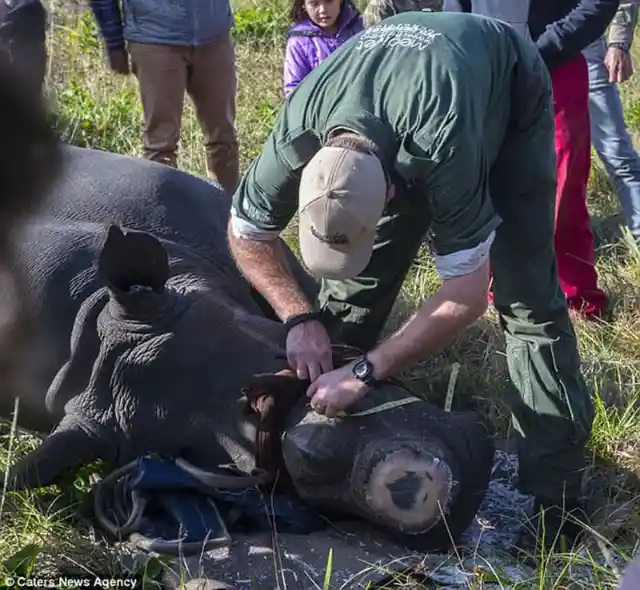
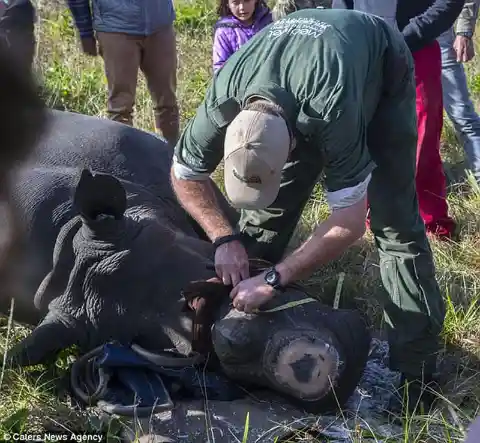
The rhino horns were removed using battery-powered tools and a chainsaw while the rhino itself was monitored throughout the entire process.
End Result
Luc Hosten says that, "it is sad that we have to de-horn rhinos to protect what we love from unscrupulous poachers. We love our rhinos, but to save them we have to maim them." The de-horning event turned out to be a huge success.
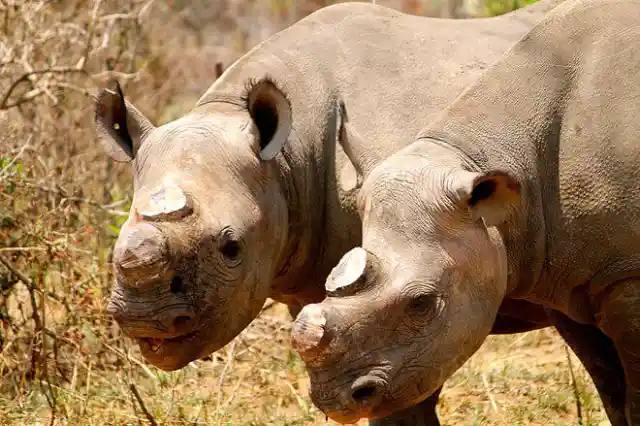
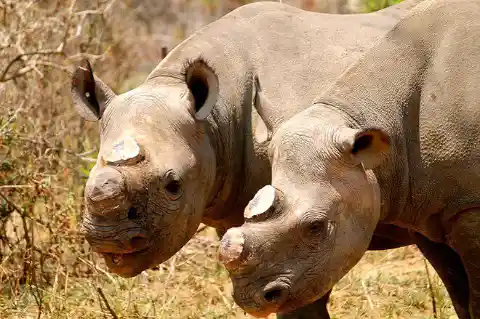
All the rhinos in the park were treated successfully and became active immediately afterwards with no injuries sustained.
Mixed Emotions
Jason Gilchrist writes on Theconversation.com, what it was like to be apart of one of these de-horning processes. He writes, "I have a conflict of emotions about this process: taking the horn from a rhino is what the bad guys do. In an ideal world we wouldn't do this, but it's for the good of both the individual rhino and the species. At the end of the operation, our rhino walks off to go about it's life.
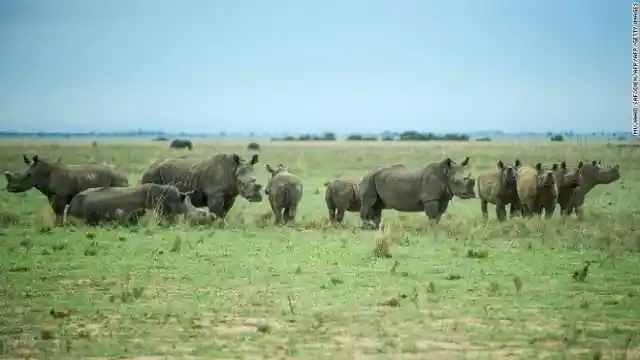
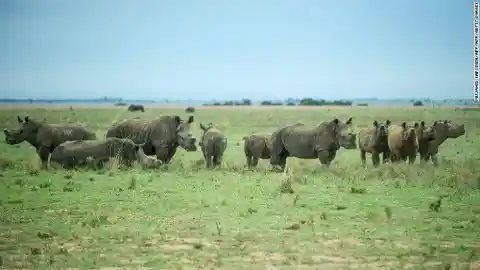
ugh like your hair and nails, rhino horn is made up of keratin-removing it is painless and it will slowly grown back. But if poachers get to our rhino first, they will inevitably kill it to cut off it's horn. And it's death is unlikely to be painless."
Why Are They Being Poached?
Rhino horns are prized in many countries, and it is especially useful for traditional Asian medicine. The horn can be ground into a fine powder or manufactured into tablets to treat illnesses like nosebleeds, strokes, convulsions, and fevers.
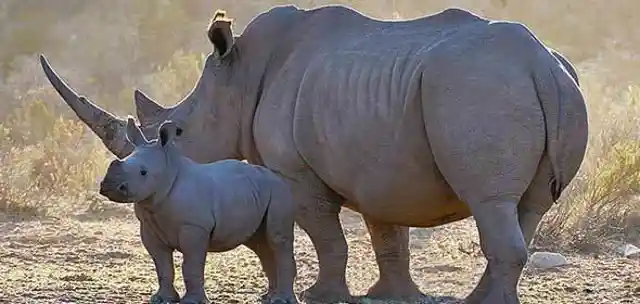
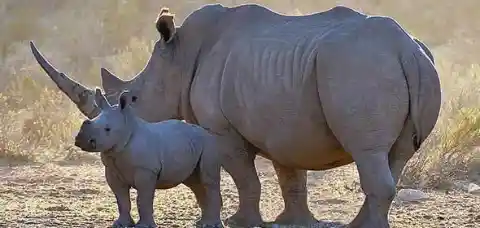
Rhinos are poached in Asia and then sold on the black market for up to $60,000 a kilo, making it extremely profitable. An average horn can weigh up to 10-14lbs, giving it a street value of about $340,000.
How Many Species Are There Today?
These days there's about five different species of rhino, and each one lives in a different area. 1. The White Rhino, is found in five African countries including South Africa, Namibia, Uganda, Zimbabwe, and Kenya. 2. The Black Rhino, is found in Southern and Western Africa. 3. The Indian Rhino is found in small populations due to it's declining numbers in North-East India and Nepal.
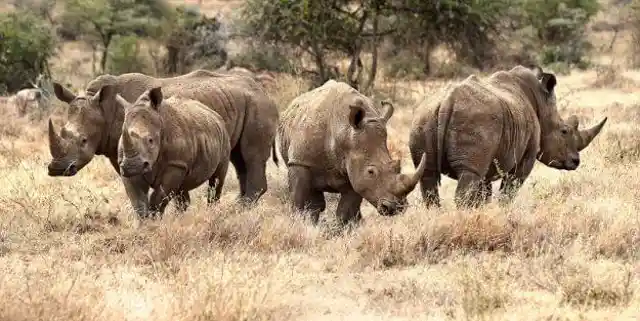
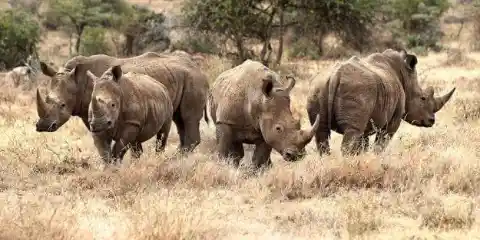
4. The Javan Rhino, which is the rarest of mammals across the animal kingdom. They were once found across Laos, Vietnam, Cambodia, Malaysia, and into Thailand. Now, they're only found in Cat Teen national park in Vietnam where there's only fourteen of them, and thirty more live in Ujung Kulon national park found on the tip of the island Java. 5. The Sumatran Rhino, which is endangered and once romanced parts of Malaysia. Now they live in small areas in Burma, Bangladesh, and eastern India.
Who Is Poaching Them?
What you need to know is that there is two different types of poachers. There are subsistence poachers and professional poachers. Subsistence poachers are usually from poor communities who are driven to poach by hunger and extreme poverty.
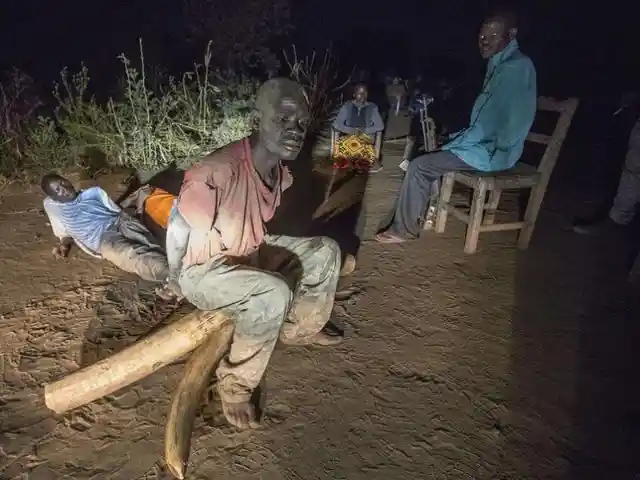
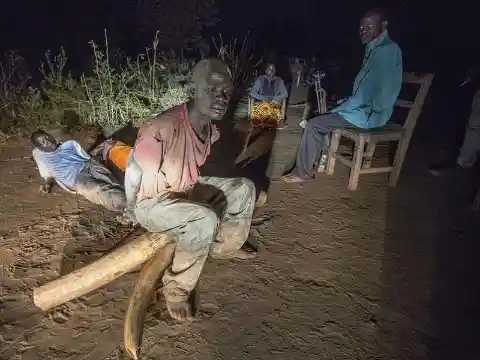
These poachers normally travel on foot and will shoot the rhinos upon site and then remove the horns in a painful manner. Professional poachers on the other hand are very organized and well funded. They use well structured operations and high technology methods such as tranquilizers, veterinary drugs, helicopters, night vision scopes, and high caliber weapons.
Which Poacher Is More Threatening?
Professional poachers are more menacing towards the Rhino population. The reasoning is because they are driven by a desire for financial gain and greed.
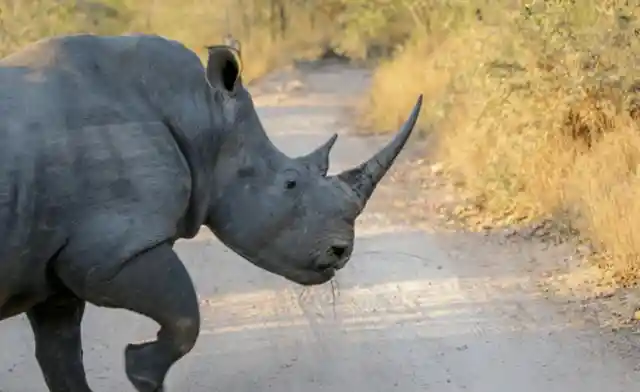
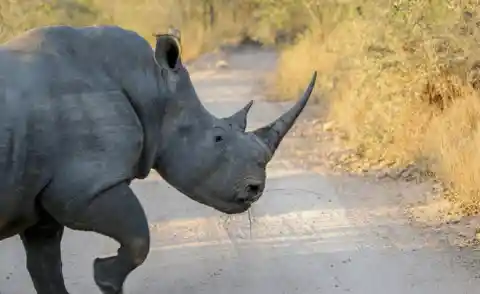
Today, Rhino horns are the most valued item on the black market, worth more than cocaine and heroin.
What Species Of Rhino Are Poached The Most?
Black Rhinos are the ones that are being poached the most. The reason for this is because both horns on a Black Rhino are the same size. Since a White Rhino has a large front horn, and a second horn that is a quarter of the size, the Black Rhino is more profitable kill.
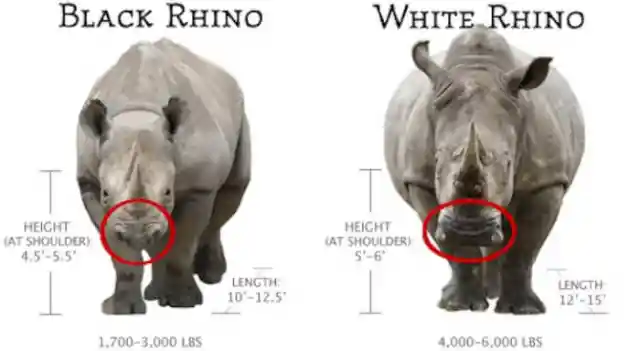
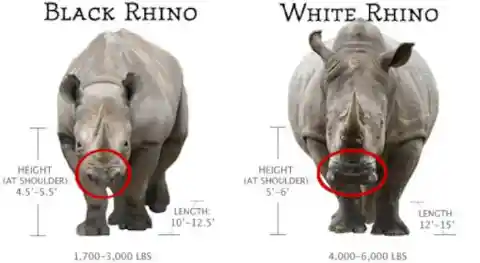
Another reason is Black Rhinos travel alone more than White Rhinos who travel with others. This makes it easier to isolate a Black Rhino.
Growing Back
If a Rhino is dehorned without cutting into the skull, it is possible for it to grow back to almost full size after three years.
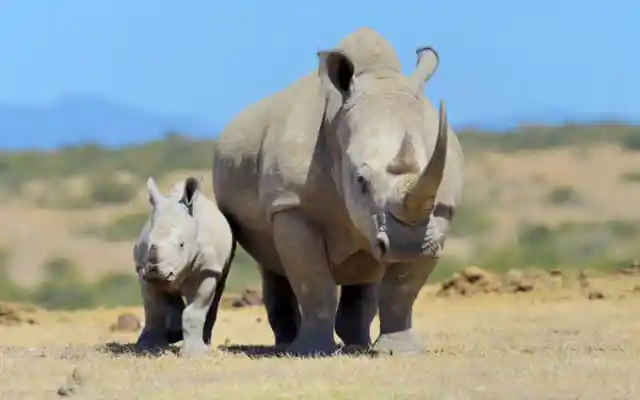
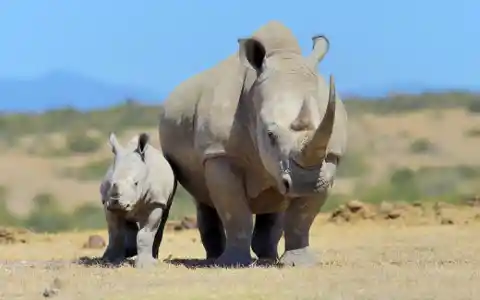
On the other hand, if the skull is cut into during the dehorning process, it can complicate or compromise the re-growth of the horn.
Where is Dehorning Most Successful?
There are bigger advantages for rhino managers in smaller wildlife reserves and rhino populations.
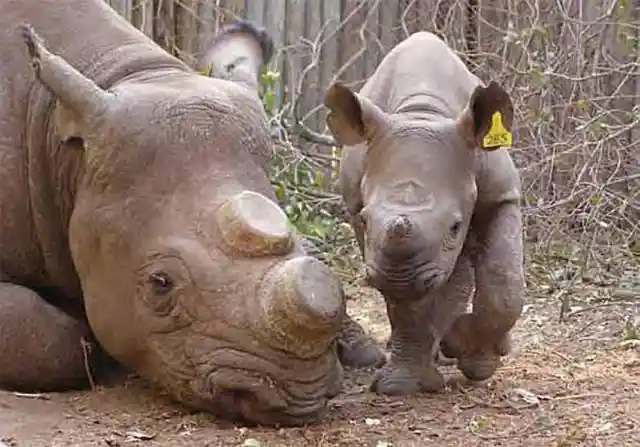
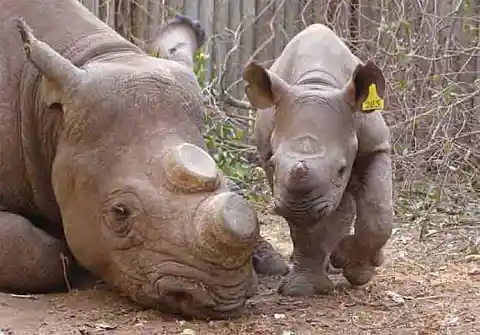
In these smaller spaces, they're able to better understand rhino movements and manage the population with a hands-on approach.